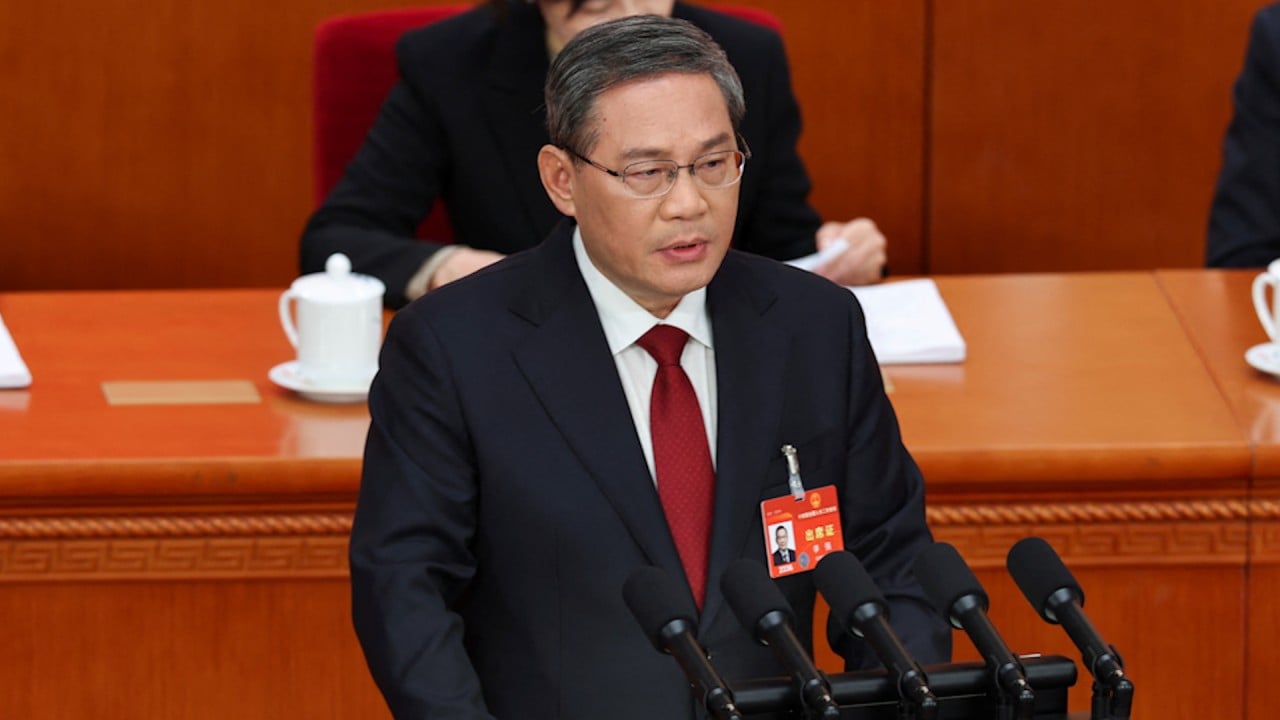China’s Xi Jinping wants market-ready scientific research – and names the provinces that should take the lead
- China should do more to turn the country’s many patents into commercial products, President Xi Jinping says in sessions with parliamentary delegates
- Names ‘major provinces’ which should put time and resources into tech advancement, advises against abandoning old industries

President Xi Jinping has called for a more concerted effort to transform scientific research into marketable products – one major bottleneck in the advancement of China’s technological capabilities – and singled out two of the country’s provinces as places which should be leading the charge for tech innovation and national growth.
One delegate told Xi the main challenge China must contend with in its tech development is a low patent conversion rate, despite a high number of claims filed each year.
The president replied the situation is improving, but the country must still strengthen bonds between research centres and enterprises and improve incentive mechanisms.
China’s conversion rate for scientific and technological achievements in 2021 was a mere 6 per cent, and its invention patent industrialisation rate 36.7 per cent according to a report by Nanjing University’s Yangtze Industrial Economic Institute published last year.
In comparison, corresponding figures from the United States were 50 per cent and nearly 80 per cent respectively.
